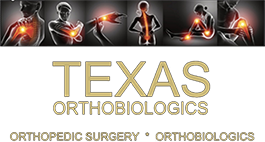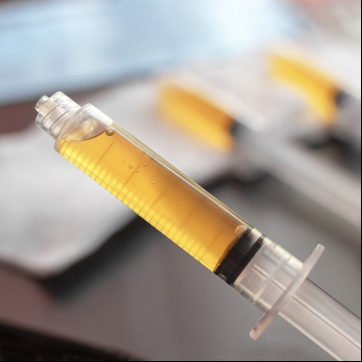Chronic pain affects more than your body - it can also affect your emotional well-being, often leading to stress, anxiety, and depression.
When you're living with chronic pain, it's difficult to know what the next step is. More and more people are turning to PRP injections to reduce pain and increase their quality of life. PRP injections are an exciting alternative to standard pain management and patients are experiencing excellent results.
PRP injections can help with anything from sports injuries to knee arthritis to back pain, but PRP is not a one-size-fits-all solution. Before you schedule your injection, there are some important considerations:
- What is involved in the procedure?
First, blood will be drawn from your own body, then the PRP will be made in a concentrating process that involves centrifuging the blood. After the PRP is made, the PRP is re-injected under ultrasound guidance at the treatment site. The whole process usually takes less than an hour. - What are the side effects?
One of the great things about PRP injections is that there are few, if any, side effects. Rejection by the body is nonexistent because the injection comes from your own body, and nothing is added to it. The most common side effects are the same as with any injection… soreness or slight swelling at the injection site, but this subsides quickly. - How many treatments are necessary?
Typically, we start with one injection since, for many orthopedic conditions, clinical research shows that one injection can provide symptom relief for a full year. If indicated, multiple injections can be done if the benefit from a single injection is not enough. - What kind of aftercare is involved?
The injection site should be kept clean, dry, and covered with a band-aid for a full day after the injection. Any activities that stress the injection area should be avoided for 1-2 weeks to allow the PRP to begin to work. Most patients do not require crutches or braces. Patients usually do not require specific physical therapy although we encourage an overall fitness program!
Where to find out more about PRP therapy
If you're interested in learning more about PRP injections, and whether you might be a good candidate for it, you should contact Dr. Don Buford at Texas Orthobiologics. Dr. Buford is a board-certified orthopedic surgeon who is also an expert in regenerative medicine techniques.








Post a comment
Your email address will not be published. Fields marked (*) are mandatory.